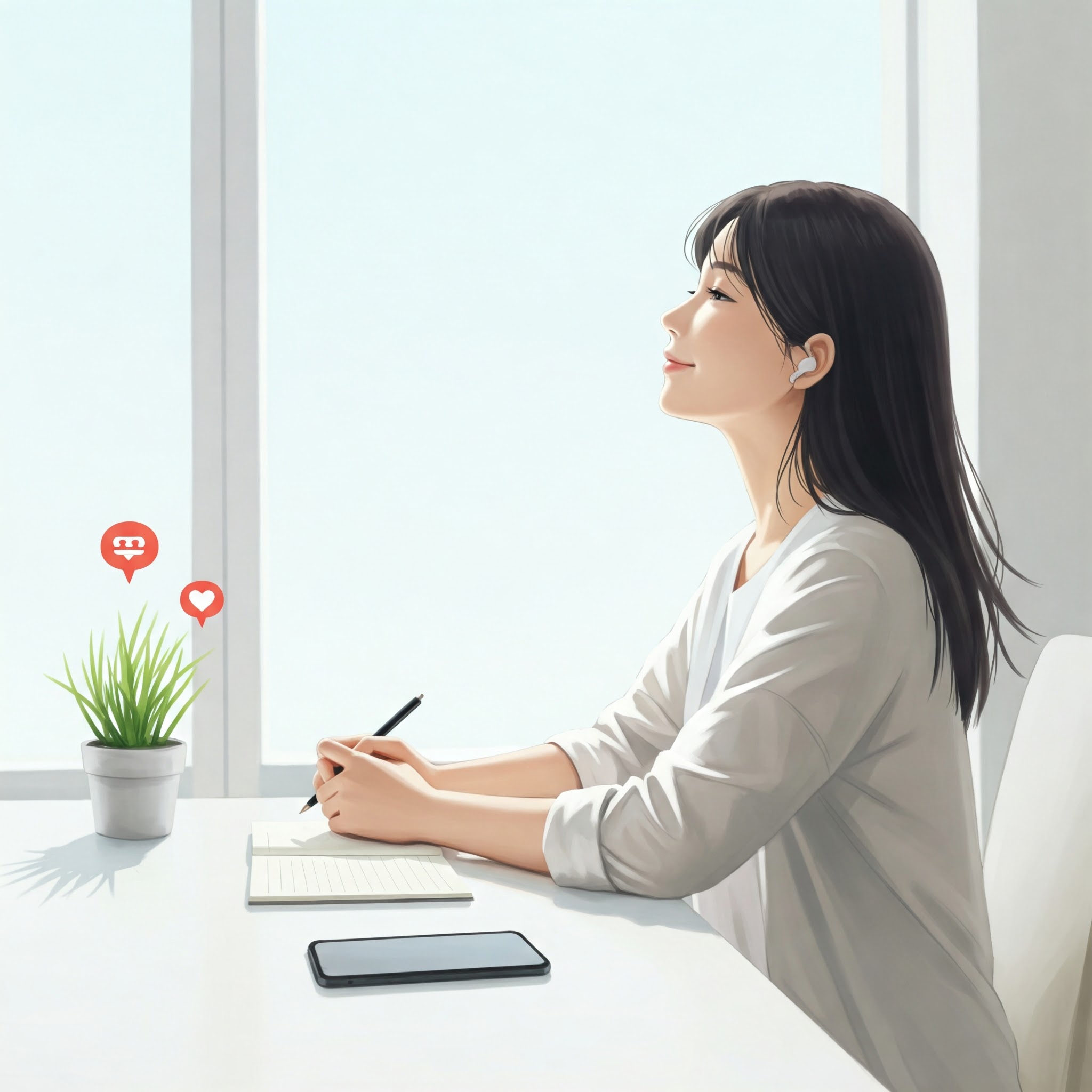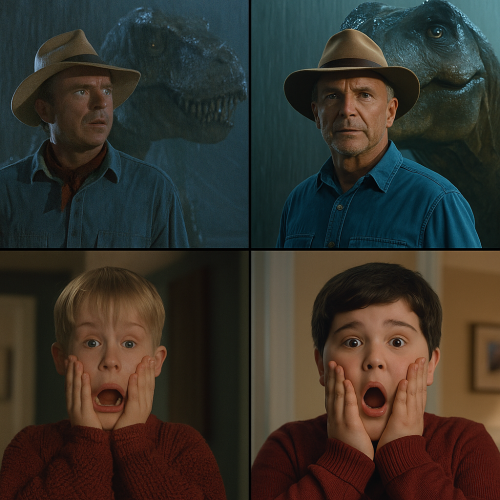In a world where we’re constantly bombarded with notifications, messages, and endless scrolling, digital overload has become the new normal. But a growing number of people are starting to ask a powerful question: What if less is more?
Welcome to the rise of digital minimalism a lifestyle movement focused on reducing screen time, decluttering digital spaces, and reclaiming attention in an always-connected world.
What Is Digital Minimalism?
Digital minimalism isn’t about abandoning technology. It’s about using it intentionally. Instead of letting devices control your time, it encourages thoughtful use of digital tools to support not dominate your daily life.
This means unfollowing accounts that don’t add value, deleting unused apps, turning off non-essential notifications, and setting clear boundaries around screen time.
Why It Matters for Mental Health
Studies show that excessive screen time is linked to increased anxiety, sleep disruption, and decreased attention span. Social media, in particular, can fuel comparison, loneliness, and information fatigue.
Digital minimalism offers a reset helping people reduce mental clutter, feel more present, and gain clarity. Many report feeling calmer, more focused, and even happier after simplifying their digital habits.
How to Start
You don’t need to delete everything overnight. Try these simple steps:
• Audit your screen time: Identify your biggest time drains.
• Unplug daily: Set device-free times, especially before bed.
• Be intentional: Ask yourself why you’re using a platform or app.
• Reclaim offline joy: Read, go outside, or reconnect with a hobby.
Final Thoughts
Digital minimalism isn’t about restriction it’s about freedom. By cutting the noise, we can make space for what really matters: mental clarity, deeper connections, and a healthier relationship with technology.
In a world of constant connection, choosing to disconnect even briefly might be the most powerful habit of all.







